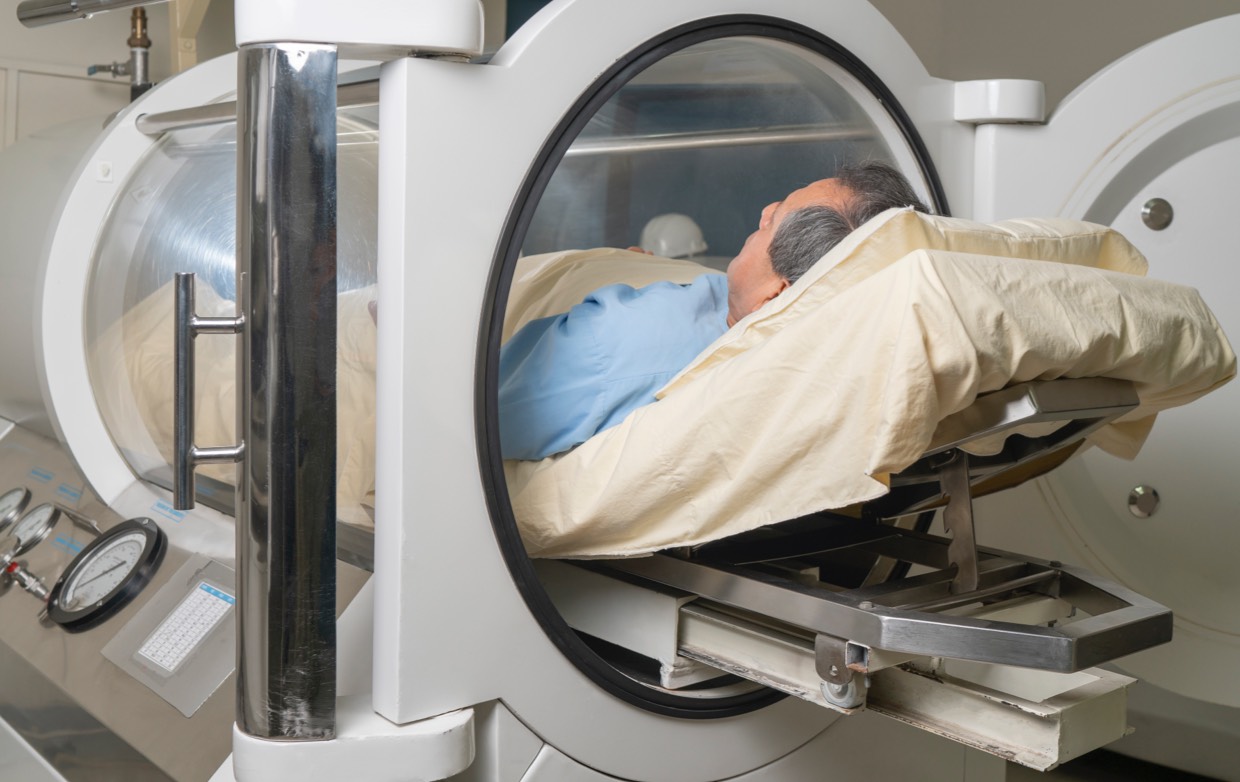Getting familiar with and interpreting laboratory blood test values can be intimidating, particularly to new nurses and healthcare providers. There is always the fear of messing things up and being unable to meet the patient’s health needs.
But familiarizing and interpreting laboratory values for healthcare practitioners can feel more manageable with the right help. With the proper training and guidance, you can overcome those early fears and complete your tasks efficiently and confidently.
There are a few different laboratory blood tests that nurses and healthcare providers may be responsible for interpreting as part of their job. The first step in interpreting laboratory values is understanding each element’s normal ranges.
Once you understand the normal ranges, you can compare the patient’s results to see if they are within the normal range. If the patient’s results are outside the normal range, you must decide whether or not to repeat the tests or investigate further to determine the cause.
Several factors can affect laboratory values, including:
- Age
- Gender
- Race
- Diet
- Medications
- Medical conditions
It is essential to consider all these factors when interpreting laboratory values.
Why is it important for healthcare providers to interpret blood test reference ranges?
Healthcare providers play a vital role in interpreting blood test results. They are often the first to see a test’s results, and they need to be able to quickly and accurately interpret them to provide the best possible care for their patients.
If you identify an abnormal blood reference level, you should determine if further testing or treatment is needed.
How can nurses learn to interpret blood test ranges?
There are a few different ways that nurses and other healthcare providers can learn to interpret blood test results and check if they are within a normal range. One way is to take related training courses to teach them how to interpret values, such as those offered by PDUK. They can also brush up their knowledge by reading textbooks and articles on laboratory medicine.
There are a few laboratory blood test reference ranges that nurses should know, but some of the most common include the following:
- Complete blood count (CBC): This test measures the number of red blood cells, white blood cells, and platelets in the blood.
- Haemoglobin: This is a protein in red blood cells that carries oxygen.
- Haematocrit: This is the percentage of red blood cells in the blood.
- Platelet count: This is the number of platelets in the blood.
- White blood cell count: This is the number of white blood cells in the blood.
- Sodium: This is an electrolyte that helps regulate blood pressure and fluid balance.
- Potassium: This is an electrolyte that helps control heart rhythm and muscle function.
- Chloride: This is an electrolyte that helps regulate fluid balance.
- Bicarbonate: This is a buffer that helps regulate blood pH.
- Glucose: This is a type of sugar that is the body’s primary energy source.
- Creatinine: This is a waste product that is produced by the muscles.
- Urea: This is a waste product that is produced by the liver.
- Protein: This is a building block of cells and tissues.
- Albumin: This is a type of protein that helps maintain fluid balance.
- Alkaline phosphatase: This is an enzyme that helps break down bone.
Conclusion
Interpreting blood test reference ranges is integral to delivering excellent patient healthcare. With ongoing training and keeping your medical skills and knowledge up to date, you can learn how to interpret laboratory blood test values confidently and accurately.



